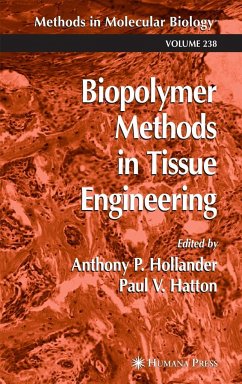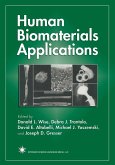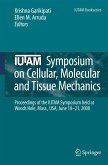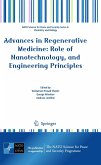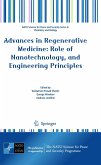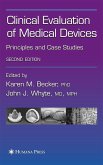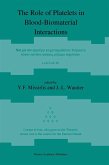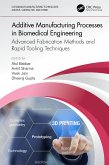There is an urgent need to develop new approaches to treat conditions as- ciated with the aging global population. The surgeon's approach to many of these problems could be described as having evolved through three stages: Removal: Traditionally, diseased or badly damaged tissues and structures might simply be removed. This was appropriate for limbs and non-essential organs, but could not be applied to structures that were critical to sustain life. An additional problem was the creation of disability or physical deformity that in turn could lead to further complications. Replacement: In an effort to treat wider clinical problems, or to overcome the limitations of amputation, surgeons turned to the use of implanted materials and medical devices that could replace the functions of biological structures. This field developed rapidly in the 1960s and 1970s, with heart valve and total joint replacement becoming common. The term "biomaterial" was used increasingly to describe the materials used in these operations, and the study of biomaterials became one of the first truly interdisciplinary research fields. Today, biomaterials are employed in many millions of clinical procedures each year and they have become the mainstay of a very successful industry.
From the reviews:
"This small, 280-page volume is useful to people who are interested in using various laboratory techniques to conduct tissue engineering research. ... Tips on troubleshooting and avoiding pitfalls which appear at the end of nearly all chapters will be welcomed by users of the book. The goal of this book is to 'serve as a basic laboratory manual allowing tissue engineering scientists not only to access a wide range of techniques in one place, but also to have them described using a standard format'." (Annales de Chimie Science des Materiaux, Vol. 29 (4), 2004)
"This small, 280-page volume is useful to people who are interested in using various laboratory techniques to conduct tissue engineering research. ... Tips on troubleshooting and avoiding pitfalls which appear at the end of nearly all chapters will be welcomed by users of the book. The goal of this book is to 'serve as a basic laboratory manual allowing tissue engineering scientists not only to access a wide range of techniques in one place, but also to have them described using a standard format'." (Annales de Chimie Science des Materiaux, Vol. 29 (4), 2004)

